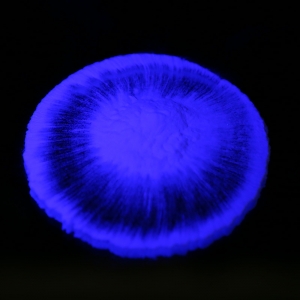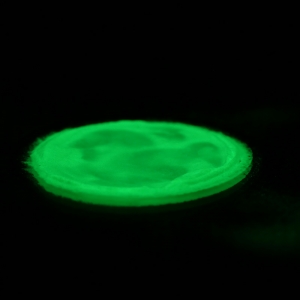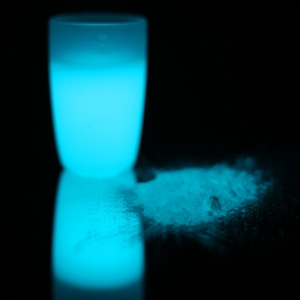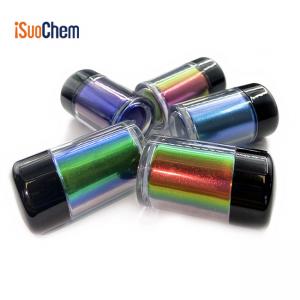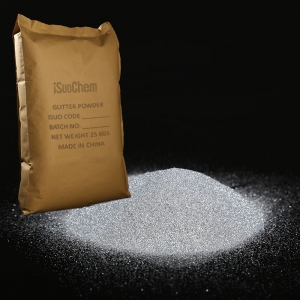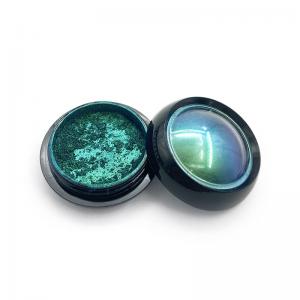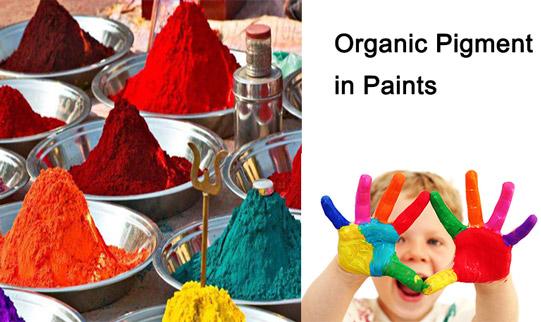iSuoChem Marketing Department / Edited by Jason
In recent years, through communication with domestic and overseas customer groups, we have increasingly discovered that the users are becoming more aware of the health and environmental risks associated with lead pigments, which has led to increased regulatory restrictions on their use in paints. So, paint formulators are looking into other pigments. Hope they can give the same vibrant colours and opacity without the associated toxicity.
To this end, through research and discussions with iSuoChem's domestic and foreign R&D technical team, iSuoChem's Marketing Department has compiled some relevant information for your reference.
This below article looks at different options for replacing lead chromate and lead molybdate pigments. Also discussing about how they can be used in paint formulations.
The Problem of Lead Pigments
As lead pigments (such as lead chromate and lead molybdate) are bright and great at hiding imperfections. They have been used a lot in paints. But these pigments are very toxic and can cause serious health problems, including lead poisoning. Because of the health risks associated with lead pigments, many countries have restricted or banned their use. This has led to a search for safer alternatives.
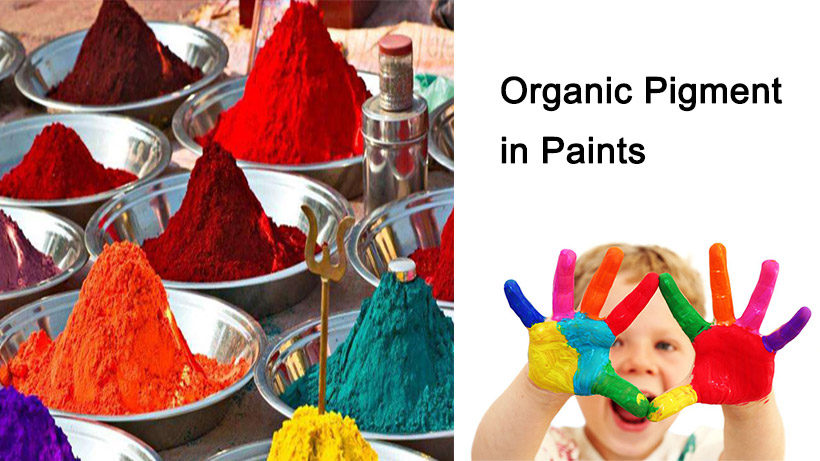
Organic pigments, which is used together with titanium dioxide(TiO2), have become one way to replace lead pigments. Organic pigments are known for their bright colors and stability. In the meanwhile, titanium dioxide offers excellent opacity and brightness. Together, they can create a wide range of colors with good hiding power.
Contact Us to Get Free Samples
In the global market, iSuoChem found some great alternatives to lead pigments. Through a large number of sample tests and large-scale mass production practice feedbacked by our customers, iSuoChem found lots of organic and inorganic composite pigments have been shown to work just as well as lead pigments.
Organic Pigment Series
Pigment red includes pigment red 48:4, red 112, red 170, red 254, red 255, etc.
Pigment violet includes P.V.19, Violet 23.
Pigment orange includes pigment orange 36 and orange 73, etc.
Pigment yellow includes pigment yellow 74, yellow 109, yellow 110, yellow 139, yellow 151, yellow 154, etc.
Pigment Yellow 184(also called bismuth vanadium molybdate yellow): It is a yellow pigment of particular note. Pigment yellow 184 is far brighter than Pigment yellow 53(Titanium Nickel: a type of metal oxide mixed pigment). P.Y.184 has stronger tinting power, better hiding power (even without adding titanium dioxide), and outstanding heat and weather resistance.
Inorganic Composite Pigment Series
Lead-free Ceramic Pigment, Cobalt green, Cobalt blue, Titanium chrome brown, Ferromanganese black, and other inorganic pigments.






 +86 13965049124
+86 13965049124
 English
English  français
français русский
русский italiano
italiano español
español português
português العربية
العربية 한국의
한국의 ไทย
ไทย Tiếng Việt
Tiếng Việt